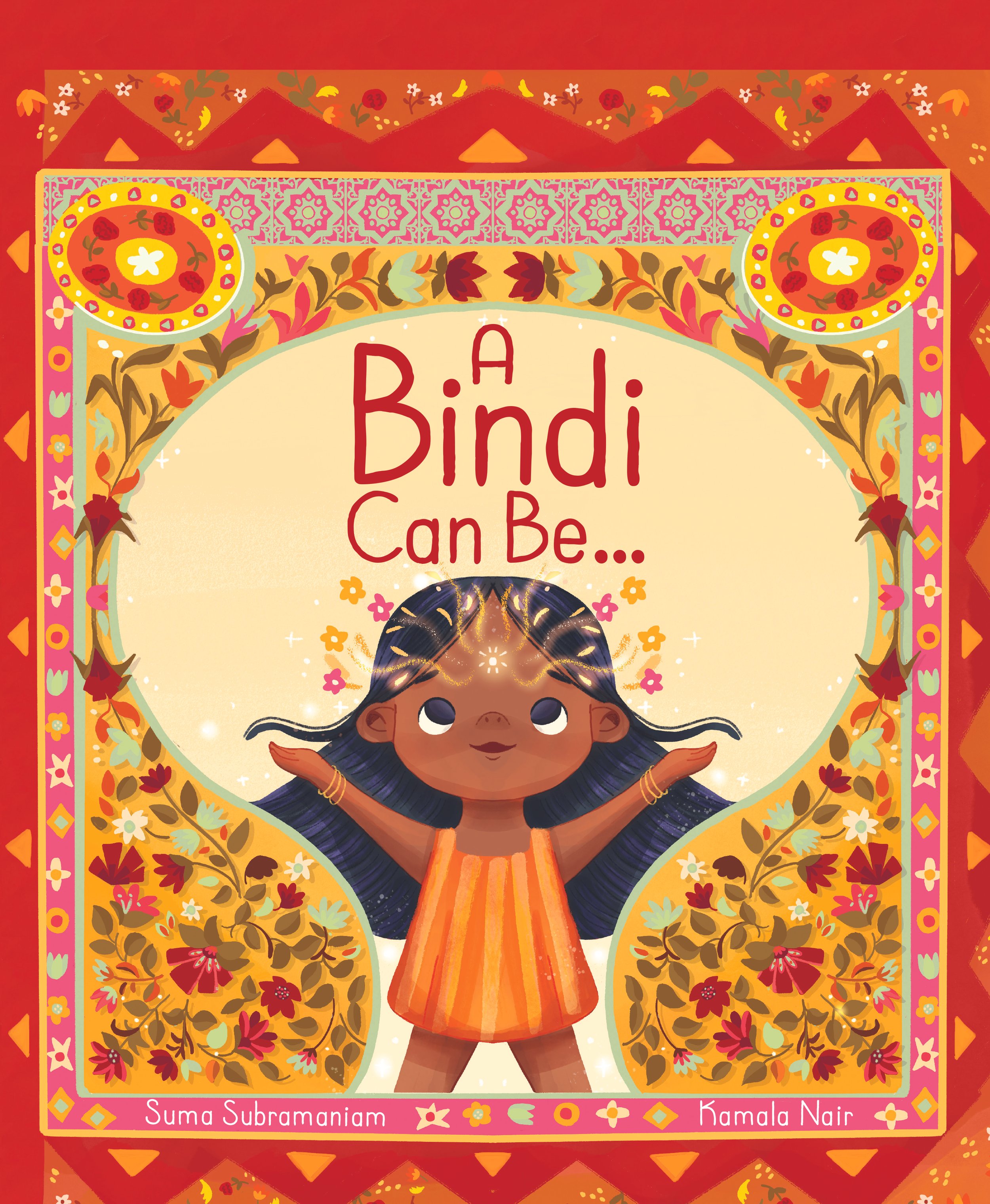Guest Post: Suma Subramaniam on Picture Books Rooted in Culture and Geography
Suma Subramaniam has not one but two picture books celebrating Indian culture releasing in May. A Bindi Can Be…, illustrated by Kamala Nair, released on May 2 and My Name is as Long as a River, illustrated by Tara Anand, comes out on May 28. In a recent cover reveal interview for My Name is as Long as a River, Suma said “A name when pronounced correctly is a comforting feeling to everyone involved. That is what we all need—a little comfort.” That thread of seeking and enjoying comfort connects both of these books.
Suma seems inexhaustible: always working on multiple projects for various age groups in different forms (picture book, poetry, short story, novel, you name it). We asked Suma to reflect on how culture and geography inform her craft for this guest post.
“... embrace and celebrate ... cultural identity, irrespective of ... geographical location. ”
Since 2010, I’ve been writing children’s books that intricately delve into Indian culture and heritage. Through the lens of a South Indian home and family, I guide readers through a nuanced exploration of customs, traditions, and everyday life.
One of my primary objectives is to empower children of South Asian descent and those within the diaspora by providing them with a platform to embrace and celebrate their cultural identity, irrespective of their geographical location.
When I work on my projects, I use a layered approach to weave the cultural elements into the fabric of the stories. This takes a long time and often involves meticulous research.
My Name Is Long As A River takes the reader on a journey of exploration along the river Kaveri in South India. The main character Kaveri comes away with a richer understanding of her name’s meaning and significance. I adopted the narrative approach to tell this story so readers can experience Kaveri’s world through her eyes. I lived in South India for more than two decades. Still, I also gained an improved understanding of the cultural context when I drew elements from my own family history.
Another aspect of craft that I focus on is being inclusive to the growing audience of different generation readers who do not completely belong to the culture of their ancestors nor that of the mainstream culture where they live. That is why the purpose of A Bindi Can Be… is to enable readers to not only establish positive perceptions about the significance of a bindi, but to build a sense of oneness and empathy. The story invites children of Indian heritage and the diaspora as well as other children who do not share the same ethnicity to have a better understanding of why people wear a bindi.
My endeavor of writing these children’s books is not just about storytelling. It is about fostering a sense of belonging and taking pride in one’s heritage. I hope these stories nurture young readers to embark on a journey of cherishing their roots, recognizing our shared human experiences, and appreciating the diversity across cultures and generations.

